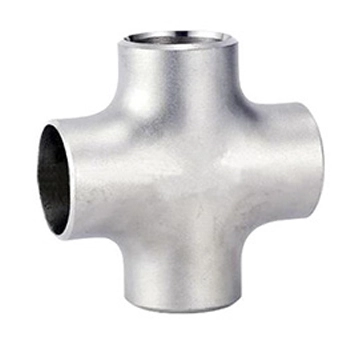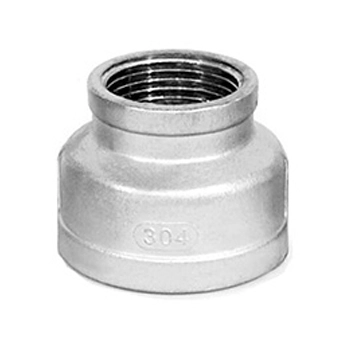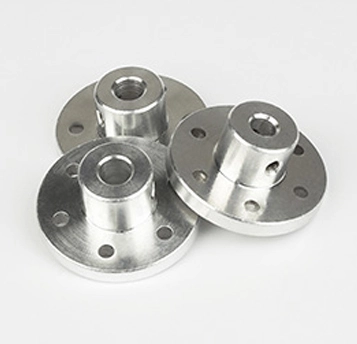A single improperly connected threaded joint can leak gallons per hour. At Silver Valley, our precision-threaded fittings ensure leak-tight seals from -50°C to 300°C.
Threaded pipe fittings are connectors that screw directly onto the ends of pipes to form secure, semi-permanent joints without the need for welding. They are commonly used in plumbing, oil and gas, and low-pressure industrial systems. The two most widely used threading standards are NPT (National Pipe Tapered), which forms a seal through the tightening of tapered threads, and BSP (British Standard Pipe), which typically uses parallel threads and requires sealants like PTFE tape or thread compound to prevent leaks.
Choosing the wrong threaded fitting risks leaks, pressure drops, or catastrophic failures. Here's what pros need to know.
What is a Threaded Pipe Fitting?
A chemical plant evacuated 300 workers last year due to a threaded joint failure. Don't let this happen - understand your fittings.
Threaded pipe fittings contain precisely cut screw threads (external male or internal female) that mechanically join pipes where welding isn't practical or required.
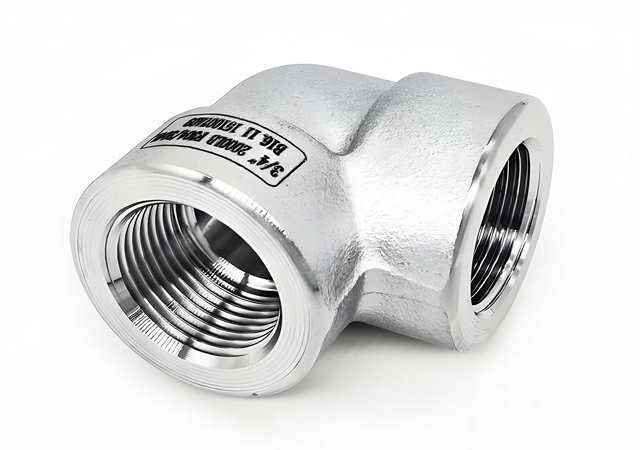
Key Features & Applications
Design & Types:
Common Types: Elbows, tees, couplings, unions, nipples, caps, and plugs.
Thread Standards:
NPT (National Pipe Thread): Tapered threads (common in North America).
BSP (British Standard Pipe): Parallel or tapered threads (common in Europe/Asia).
Typical Use Cases:
Low- to medium-pressure systems (< 3,000 psi).
Non-critical applications (e.g., water lines, HVAC, compressed air).
Temporary installations or systems requiring frequent maintenance.
Environments where welding is unsafe or impractical (e.g., flammable areas).
NPT vs BSP Threads: What's the Difference?
85% of thread leaks come from NPT/BSP mismatches. Know which standard your project requires.
Key Differences:
How to Properly Connect Threaded Pipes in 6 Steps
A Houston refinery saved $120,000/year by training crews in proper thread assembly. Follow these pro techniques:
Step-by-Step Installation:
Inspection - Check threads for damage using go/no-go gauge
Cleaning - Remove dirt with wire brush (never use lubricants!)
Sealant Application - Apply PTFE tape clockwise (2-4 wraps) or pipe dope
Hand-Tightening - Screw together until resistance felt
Final Torque - Wrench tighten:
Pressure Test - Check at 1.5x working pressure
Silver Valley Smart Threads™ Innovation:
Laser-etched torque markers
Color-coded thread standards
Built-in sealant reservoirs
QR codes linking to installation videos
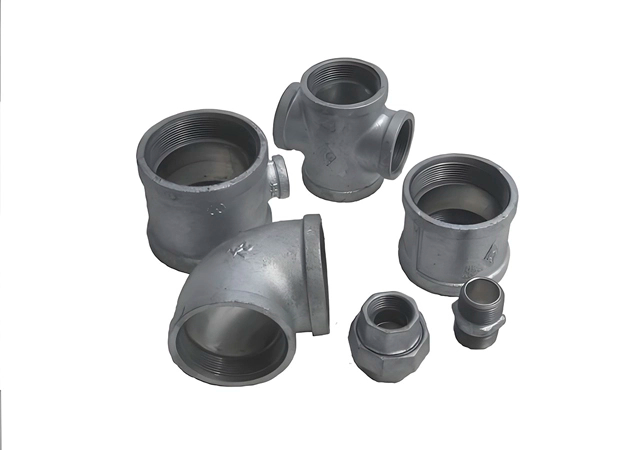
When to Choose Threaded Over Welded Fittings?
Leak-proof joints or easy maintenance? Your operating conditions determine the best choice.
Choose Threaded When: ▸ Frequent disassembly needed ▸ Working with small pipes (<4") ▸ No hot work permits available ▸ Temporary installations ▸ Low vibration environments
Choose Welded When: ▸ Permanent high-pressure joints ▸ Vibration-prone applications ▸ Large diameter pipes ▸ Critical containment systems ▸ Extreme temperature service
Hybrid Solution: Our WeldThread™ adapters allow threaded connections to be permanently welded when requirements change - no replacement needed.
Trusted by Global Operators for Threaded Solutions
Shell approved our threaded fittings after they outperformed competitors in 3-year offshore salt spray tests.
Why Professionals Choose Silver Valley:
Dual Certification - Meet both API 5CT and ISO 7 standards
Material Traceability - Each batch has metallurgical analysis reports
Global Stock - Immediate availability in US/EU/Middle East hubs
Custom Threading - Special TPI/tapers for legacy equipment
Technical Support - Our engineers provide thread compatibility analysis ,sealant selection guidance ,torque specification sheets ,failure investigation reports

 EN
EN



